Slow Juicer vs Centrifugal Juicer - Which one is right for me?
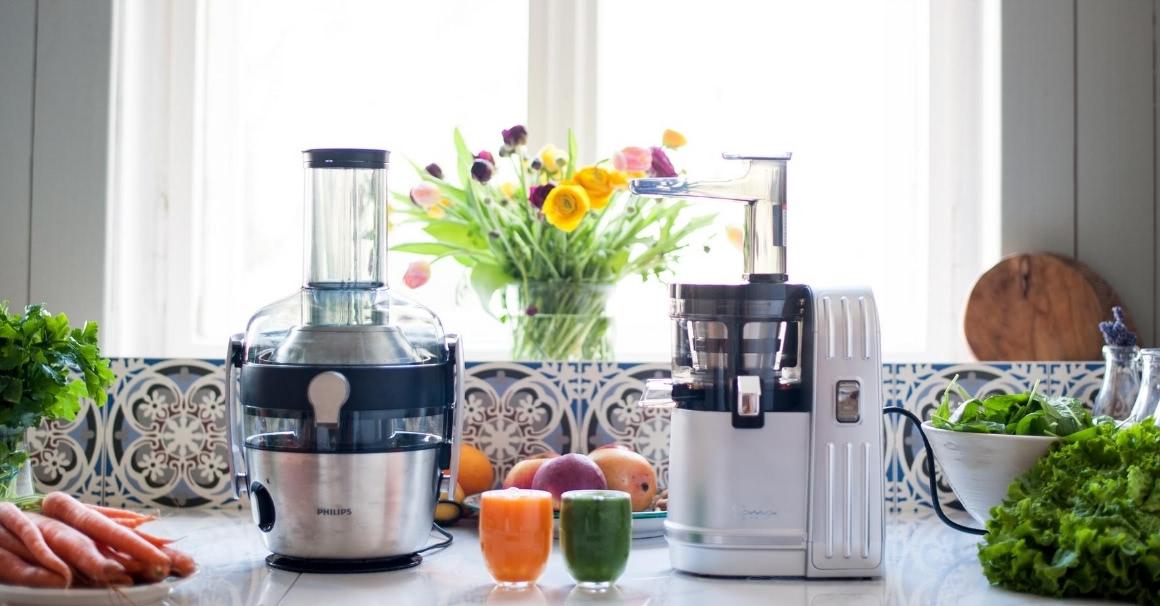
Anyone interested in preparing freshly squeezed juices is quickly faced with the question: Which juicer do I need? A slow juicer or a centrifugal juicer? And what are the differences between the two types of juicers? Although both juicers specialize in juicing fruits and vegetables, they differ significantly in terms of juice yield and nutrient content of the freshly squeezed juice. In our view, both aspects are essential selection criteria when buying a juicer. In the following, we explain the differences between slow juicers and centrifugal juicers. We also give a recommendation on which juicer is best suited for the most popular juices - celery juice, carrot juice and apple juice.
Juicer topics at a glance:
- Buying a juicer: Nutrient content
- Buying a juicer: Juice yield
- Which juicer for which juice?
- Juicers in focus: Centrifugal juicers, advantages and disadvantages
- Juicers in focus: Slow Juicer, advantages and disadvantages
- Conclusion: Slow juicers are more expensive, but more efficient and gentle on nutrients
Buying a juicer: nutrient content
For us, freshly squeezed juices - especially green juices - are part of a conscious and healthy diet. Fresh juices enable us to quickly take in vitamins, minerals, trace elements, enzymes and secondary plant substances, etc. in concentrated form. Accordingly, when buying a juicer, we recommend choosing a juicing technique that guarantees the maximum nutrient content in freshly squeezed juices. If, for example, heat is generated during juicing, heat-sensitive vitamins and enzymes will be lost to a large extent. Likewise, centrifugal juicers can cause increased oxidation of juice, this also means a loss of nutrients. From our point of view, this is a disadvantage of centrifugal juicers.
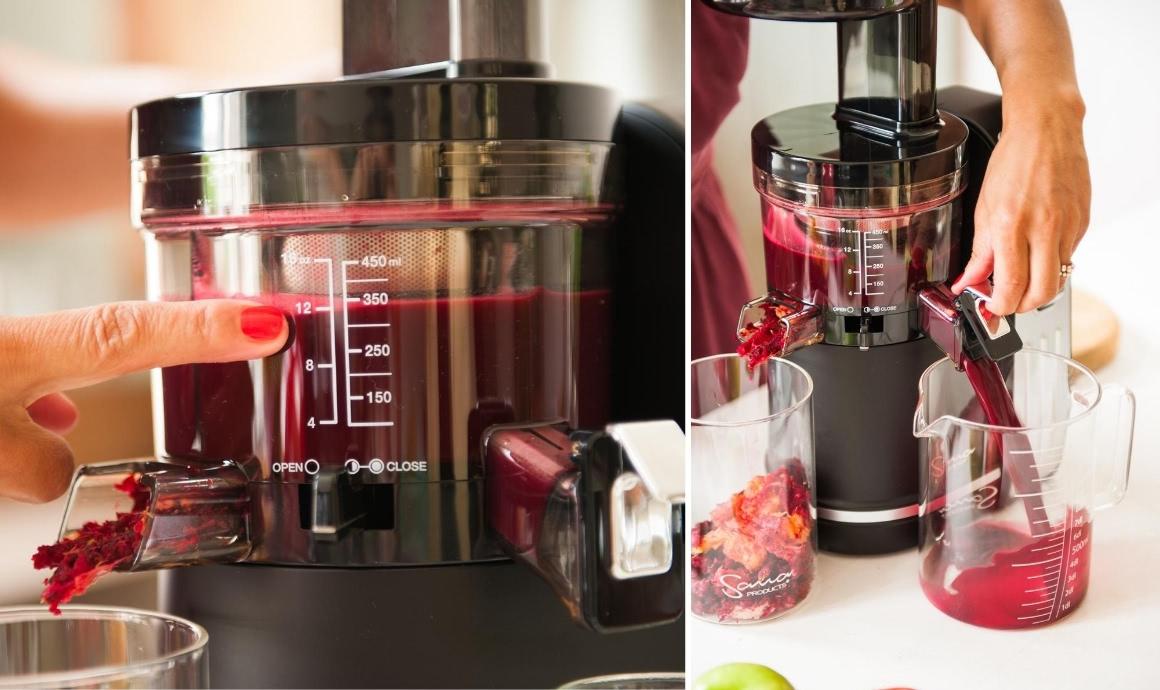
Buying a juicer: juice yield
The juice yield of a juicer plays an essential role for evaluating a device. After all, we want to get the maximum amount of juice out of our ingredients - juice as efficiently as possible. In other words, the better the juice yield of a juicer, the less expensive the juice. This quickly becomes noticeable if you juice daily. It often happens that a supposedly inexpensive juicers turns out to be expensive in the long run, poor juice yield significantly increases the cost of the ingredients. You should take some time and calculate the costs - we did this in our celery juice juicer test and were amazed at how differently even slow juicers perform in terms of juice yield.
In addition to nutritional content and juice yield, there are other selection criterias when buying a juicer, such as price, size and design, handling, material, noise level, additional functions, accessories and spare parts service. They also need to be evaluated individually.
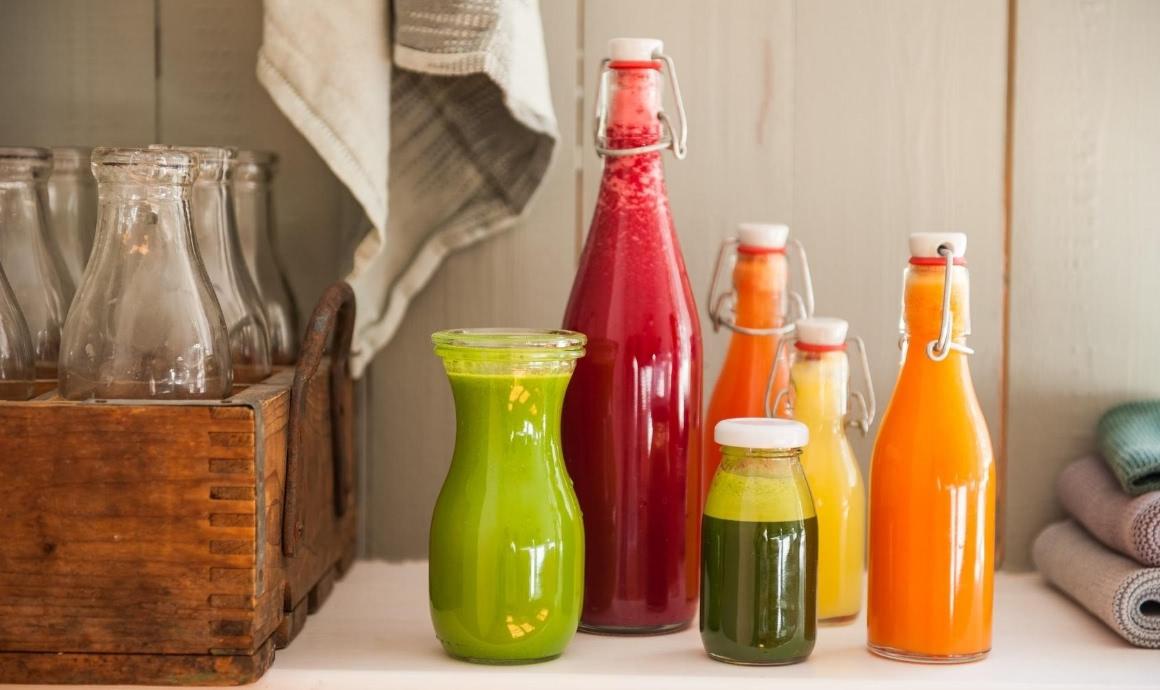
Which juicer for which juice?
Freshly squeezed celery juice, apple juice, carrot juice, beetroot juice, wheatgrass juice or even sauerkraut juice are among the most popular homemade juices. So of course we are always getting asked which juicer we can recommend for which juice - especially whether a centrifugal juicer does the job or if a slow juicer is absolutely necessary. You can find our answers under the individual juice preparations.
Which juicer is suitable for celery juice?
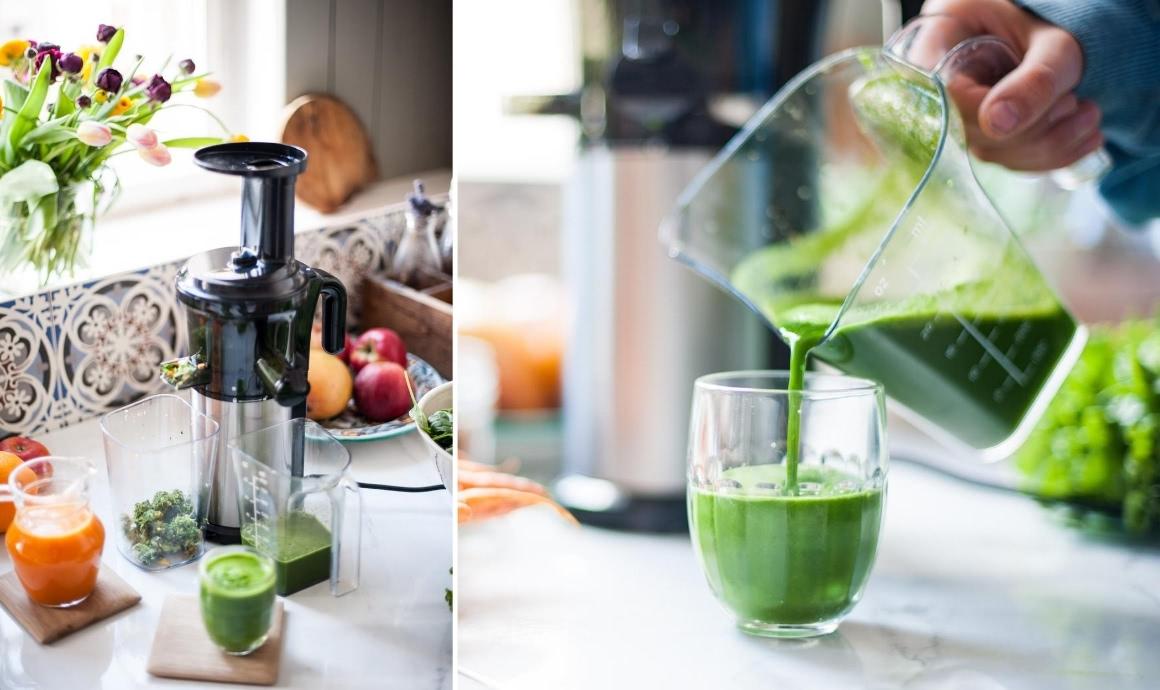
Celery juice is best made with a slow juicer, as the juice yield from the amount of celery used is significantly higher than when made with a centrifugal juicer. Anyone who wants to make a celery juice cure or who wants to drink celery juice daily should consider this. A slow juicer is more economical in the use of goods, therefore celery juice produced in a slow juicer is cheaper.
In addition, the celery juice loses more nutrients when prepared with a centrifugal juicer. The reason for this is oxidation and heat development, caused by the centrifugal juicing technology operating at up to 15,000 revolutions per minute. Heat-sensitive nutrients such as vitamins and enzymes are lost.
When celery juice is produced with a slow juicer, the maximum amount of nutrients is retained. Indication for this are: full-bodied taste and its bright green color. If you value this, you should prepare your celery juice with a slow juicer, such as our absolute bestseller - Sana Juicer-707.
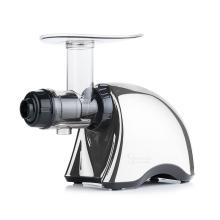
Which juicer is suitable for apple juice?
If you want to make a lot of apple juice - especially single-variety - a centrifugal juicer may be the right choice for you. On many models, the hopper is wide enough to allow you to juice whole medium-sized apples. That saves time. On the other hand: slow juicers have the edge when it comes to juice yield and nutrient content, which is why we would recommend them. More juice from the same amount of apples, you also don't have to worry about losing nutrients due to heat and oxidation, which unfortunately is the case when juicing with up to 15,000 revolutions per minute with centrifugal juicers. You can see this, in the fact that freshly pressed apple juice from juice centrifuges is much browner than the juice made in a slow juicers.
Which juicer is suitable for carrot juice or beetroot juice?
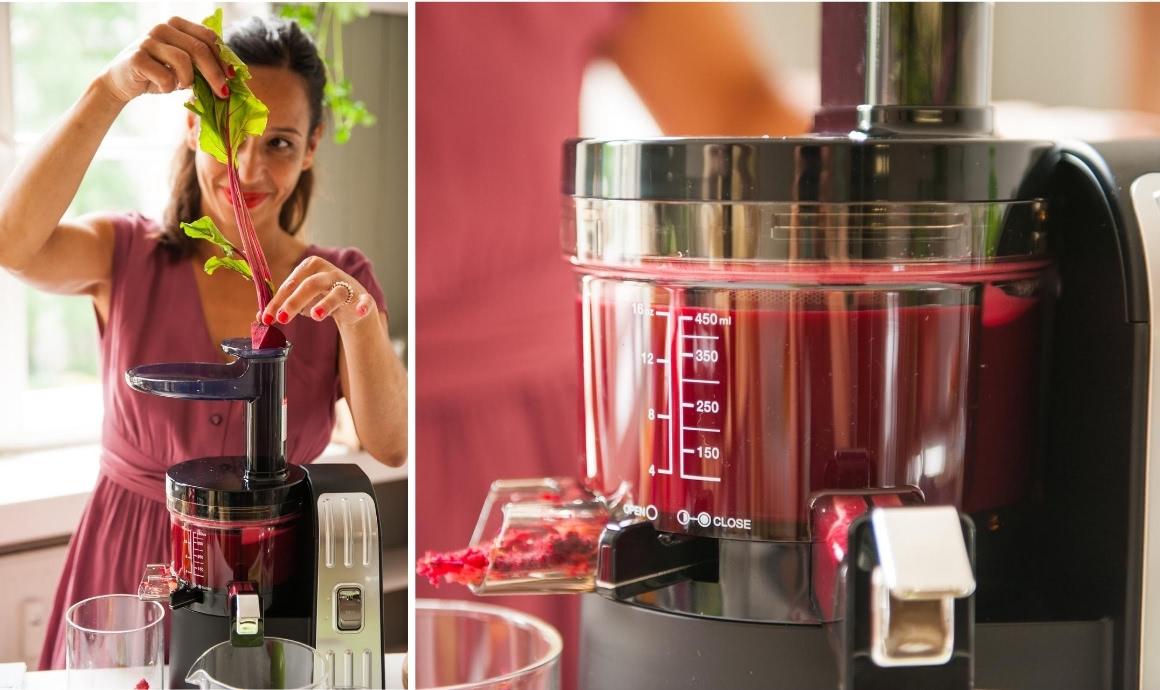
Carrot juice or beetroot juice are part of the repertoire of both centrifugal juicers and slow juicers. While juicing carrots or beetroot is quicker with centrifugal juicers, you extract more juice from the roots when using slow juicers. Also the maximum amount of nutrients is preserve due to the nutrient-preserving slow juicing technique. Centrifugal juicers not only cause increased oxidation, they also generate heat during the juicing process, which destroys heat-sensitive vitamins and enzymes. If you are not in a hurry, we recommend that you prepare your carrot juice/beetroot juice with a slow juicer.
Which juicer is suitable for wheatgrass juice?
Clear recommendation: Fresh juice from grasses such as wheatgrass, barley grass or spelt grass can only be made with a slow juicer. In order to get the juice out of fibrous ingredients, it requires the juicing technology of a slow juicer - powerful, slow revolutions are used to squeeze the wheatgrass against a screen with a press screw - also called auger.
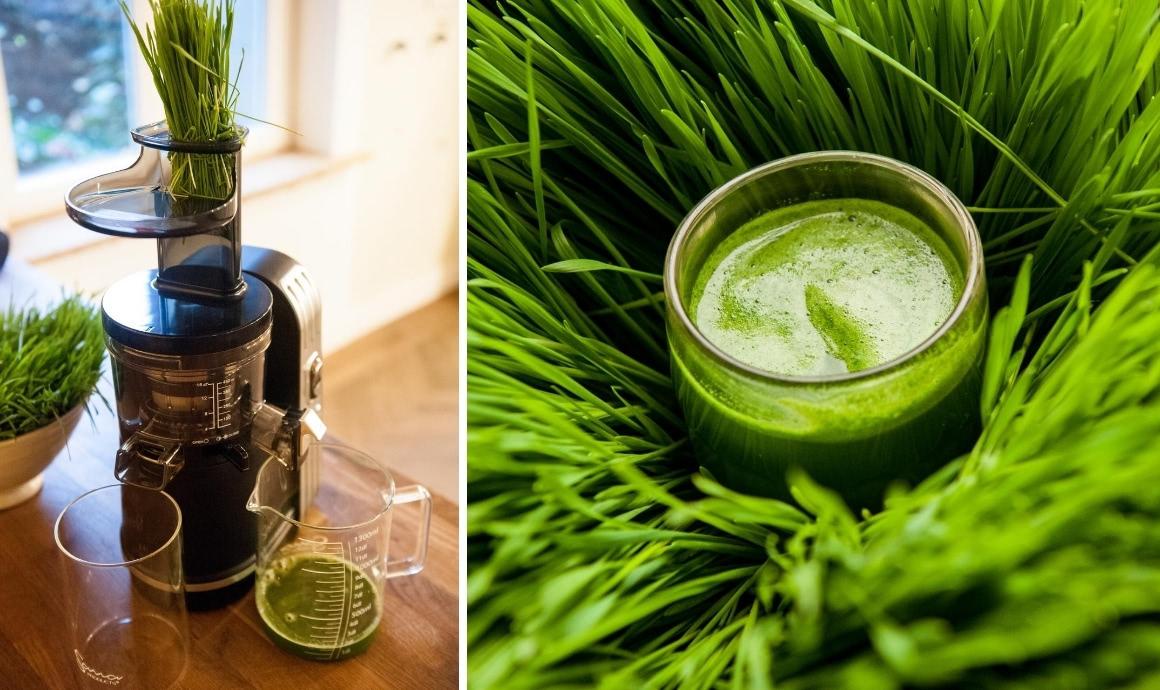
With centrifugal juicers, pure juice from leafy greens or grasses like wheatgrass is not possible. Centrifugal juicers can only produce mixed juices with leafy greens such as spinach, where the amount of vegetables and fruits clearly dominates. And even then, there are fibrous residues in the juice. Not to mention the loss of nutrients due to heat generation and oxidation that occurs when juicing with centrifugal juicers.
Which juicer is suitable is suitable for sauerkraut juice?
Clear recommendation: Fresh sauerkraut is best squeezed into sauerkraut juice with a slow juicer. This way, the highest juice yield is achieved with the maximum of nutrients. Centrifugal juicer cannot compete on either point.
Juicers in focus: centrifugal juicers, advantages and disadvantages
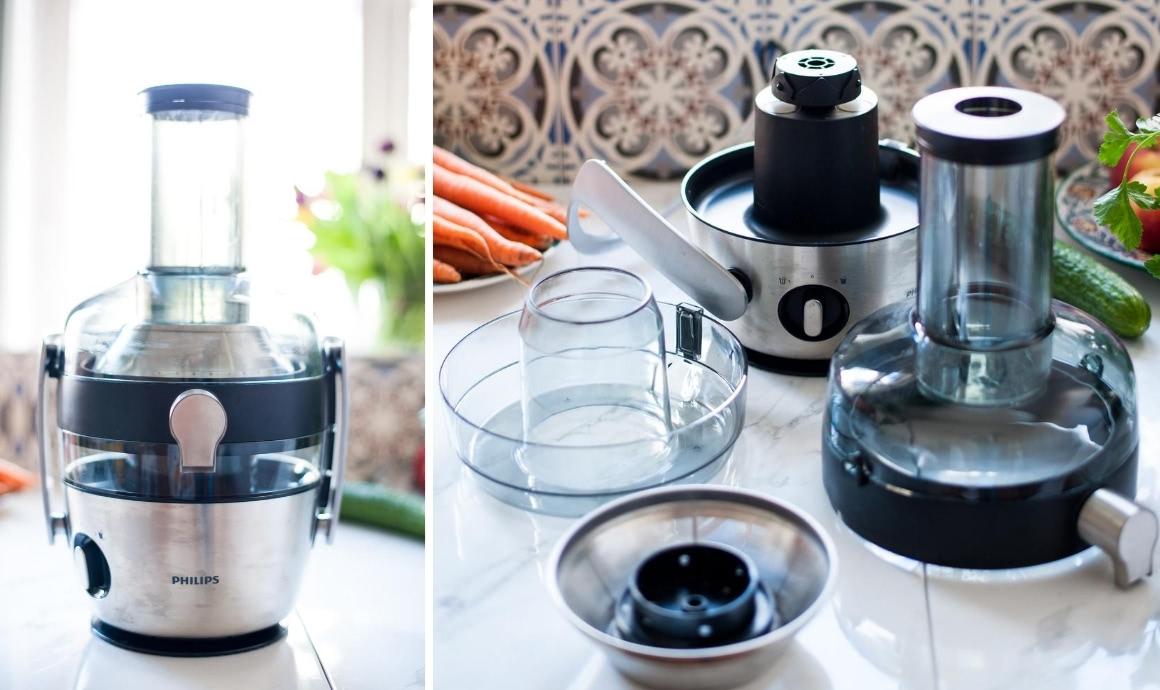
Centrifugal juicer: Fastest juicing method & often lower purchase costs
If you're primarily concerned on making fresh juice as quickly as possible, a centrifugal juicer may be for you. They are the fastest juicers on the market, no slow juicer can keep up. This is because centrifugal juicers - also often called juice centrifuges - process fruits and vegetables into fresh juice at around 15,000 revolutions per minute. Since most centrifugal juicers also have a very wide hopper (8-9 cm diameter), you already save time by the fact that there is no need to chop up the ingredients.
Most fruits and vegetables can be fed through the hopper unchopped. In the first step, the ingredients meet a grating disc, which chops them up with its small blades. Subsequently, the chopped fruit and/or vegetable parts are pressed through a sieve by centrifugal force. The fresh juice is filled into a collecting container. Depending on the device, the pulp directly falls into a pulp container or remains in the juice drum during the juicing process.
A second reason many customers initially consider a centrifugal juicer is the lower initial cost (compared to a slow juicer). Popular devices such as the Philips HR1921/20 are priced at around €150. Very good slow juicers such as the Sana Juicer-707 start at €409.

Centrifugal juicers: loss of nutrients due to heat development and oxidation
Unfortunately, the fast juicing process of centrifugal juicers has two decisive disadvantages for the nutrient content: heat development and oxidation. Due to its high revolutions per minute, heat develops during the juicing process, the rotations also swirls more oxygen into the juice. Both lead to a loss of nutrients - e. G. heat-sensitive vitamins and enzymes. In addition, the loss of nutrients - especially oxidation - is noticeable in the taste: Juice from a centrifugal juicer does not taste as fresh as juice from a slow juicer.
Centrifugal juicer: Less juice yield
Centrifugal juicers not only lose nutrients during juicing, they also extract less juice from fruits and vegetables than slow juicers. The lower juice yield leads to higher expenses for the ingredients, which is especially noticeable with daily juicing. If you want to make freshly squeezed juice every day, you should carefully consider whether the lower initial cost of a centrifugal juicer really pay off in the long run.
Centrifugal juicer: Unsuitable for leafy greens or grasses
If you like green juices such as pure wheatgrass juice, barley grass juice or mixed juices with an above-average proportion of leafy greens (e.g spinach or cabbage), you should not consider buying a centrifugal juicer. For juicing fibrous ingredients, it requires the technology of slow juicers, which slowly crushes or grinds leafy greens/grasses through its press mechanism and then uses great pressure to squeeze them against a screen.
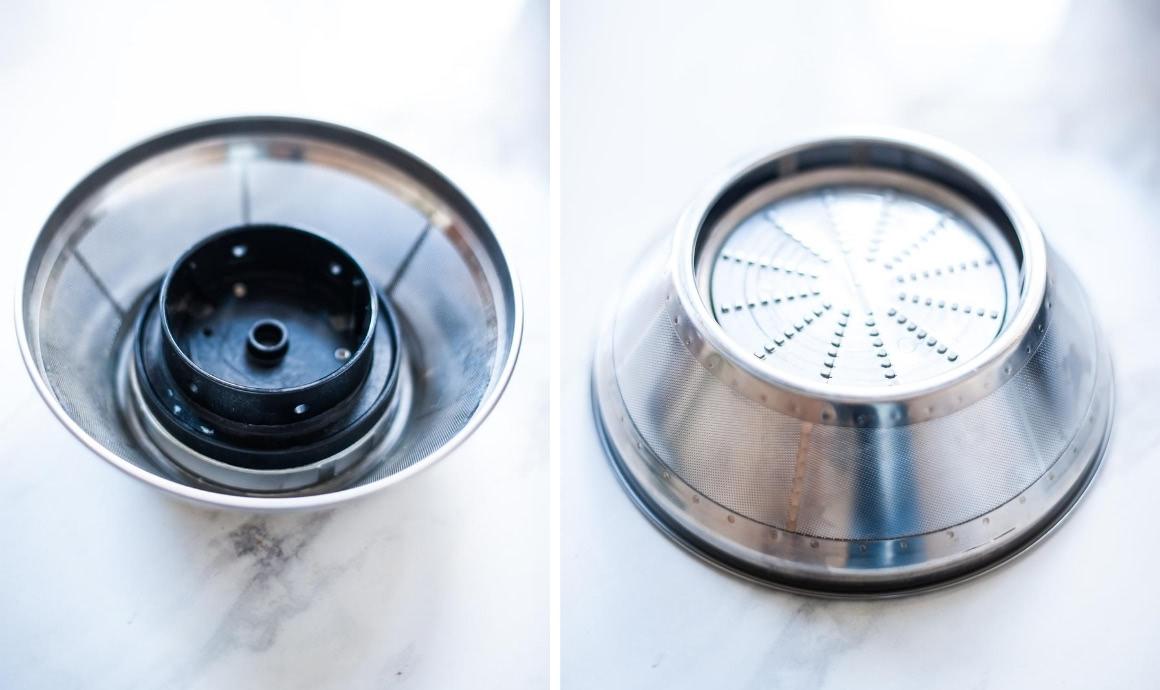
Centrifugal juicers: higher noise level - more cleaning effort
The speed with which a centrifugal juicer juices is matched by its noise level: at around 70 dB, most centrifugal juicers are almost as loud as high-speed blenders. A slow juicer is accordingly not only much slower, but also much quieter.
We also noticed that the individual parts of centrifugal juicers are much larger than those of slow juicers. This means that cleaning is even more time-consuming - especially for the much larger screen.
Centrifugal juicers: advantages and disadvantages
Advantages:
- Currently the fastest juicing method
- Wide hopper - ingredients hardly have to be cut into small pieces, or not at all
- Less expensive than slow juicer
Disadvantages:
- Lower juice yield than with a slow juicer
- Greater nutrients loss - due to oxidation and heat generation during juicing
- Not suitable for making pure green juices from leafy greens and grasses such as wheatgrass, spinach or parsley
- Much louder during operation
- Fruit/fiber residue in the juice - juice separates into fiber and water more quickly
- More foam is formed
- Time-consuming cleaning - larger parts as well as a larger screen
Juicers in focus: Slow Juicer, advantages and disadvantages

Slow Juicer: Most nutrient-friendly juicing method
If it is important to you that a freshly squeezed juice contains the maximum of nutrients, then you should consider buying a slow juicer. In contrast to a centrifugal juicer, a slow juicer is characterized by its slow juicing method - about 40 to 80 revolutions per minute. This has the advantage that the freshly squeezed juice does not lose nutrients either through heat development or through increased oxidation. Fruits, vegetables and leafy greens are crushed or slowly pulverized in the first step - either a auger or, in some Slow Juicers, a twin auger takes on this task. After the first step, the ingredients are then pressed against a sieve with extreme force. The juice slowly exits into a juice jug, while the pulp is collected in a pulp collection container. The juice quality is clear, contains little foam and is characterized by a full-bodied taste. The fact that the juice is protected from oxidation is also noticeable in the juices color: Apple juice for example is not as brown as it would be coming from a centrifugal juicer.
Slow Juicer: Highest Juice Yield - Lower Use of Goods
In addition to preserving nutrients, the juicing method of slow juicers has another decisive advantage: a higher juice yield. This is made possible by the slow as well as forceful squeezing of the juice ingredients. Even though the juice yield can vary among slow juicers, as we found out in our celery juice juicer test, a slow juicer is usually ahead of a centrifugal juicer. Therefore Slow Juicers are more economical in their consumption of fruits and vegetables (use of goods), which makes the production of freshly squeezed juices less expensive. For "frequent juice drinkers" this can have a significant financial impact, meaning that the comparatively higher initial cost of a slow juicer pay off/amortizes in the long run.
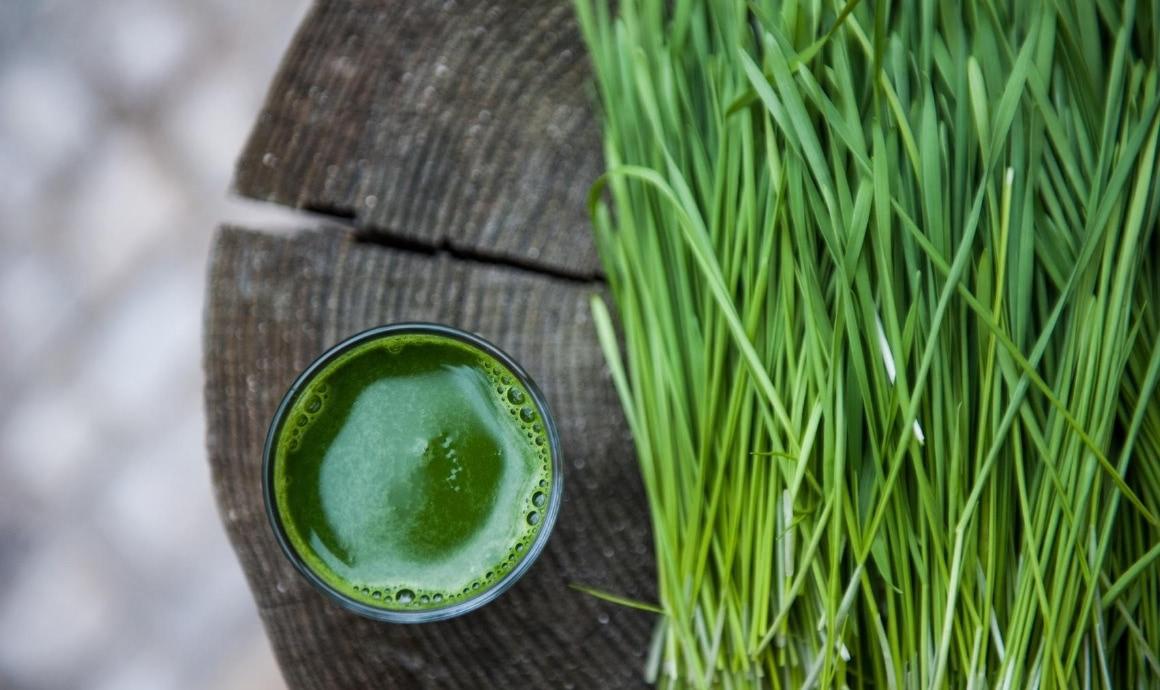
Slow Juicers: Specialists for Green Juices
Slow juicers can not only process fruits and vegetables into clear juice, their slow juicing technology allows them to process fibrous leafy greens such as cabbage leaves, grasses such as wheatgrass or barley grass, as well as garden and wild herbs. They succeed in doing this even when these ingredients are juiced all alone, which is nearly impossible with a centrifugal juicers. Slow juicers are not limited to the production of juices!
Slow Juicer: Slower, quieter, easier to clean
Of course, slow juicers are slower than centrifugal juicers. However, they are easier to clean because their individual parts - especially the screen - are smaller. In our experience, the pressing mechanism is easier to clean than the grating disk in centrifugal juicers. Slow juicers are much quieter, if you value low noise levels, you should aim for a slow juicer.
Slow juicers: advantages and disadvantages
Advantages:
- Higher juice yield
- Maximum nutrient content - juicing method prevents heat development and oxidation
- Perfect for green juices made from fibrous leafy greens such as collard greens, wild herbs, wheat or barley grass; no ingredient restrictions
- Clear, foam-free juice quality - no fiber residue
- low noise level, faster to clean
Disadvantages:
- Higher initial cost than centrifugal juicer
- More prep time due to cutting ingredients into small pieces to fit through the hopper
- Slower to produce fresh juice
Conclusion: slow juicers are more expensive, but more efficient and gentle on nutrients
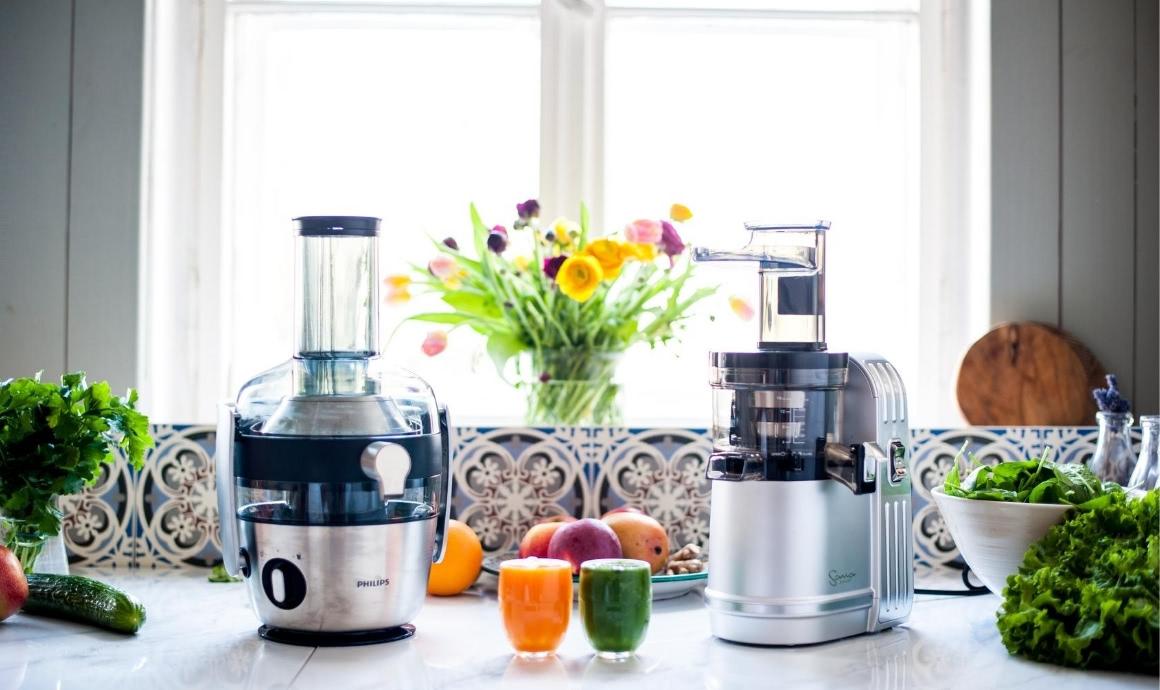
If you want to enrich your diet with nutrient-rich green juices daily, we can only recommend a slow juicer. Especially for green juices, centrifugal juicers are not suitable at all. Green juices require the slow, high-pressure juicing method of a slow juicer. This technique also ensures maximum preservation of nutrients and maximum juice yield.
That means, the juice from a slow juicer is always cheaper than from a centrifugal juicer. That's because you need fewer ingredients for the same amount of juice. The higher initial cost of a slow juicer can pay off in the long run, the other way around, the low initial costs of a centrifugal juicer can become expensive in the long run.
It's just a shame: you use high-quality ingredients and they lose nutrients due to heat and oxidation that arise in a centrifugal juicers. The only advantage of a high number of revolutions is: It juices much faster than a slow juicer - at the expense of the noise level!
We appreciate your Feedback!



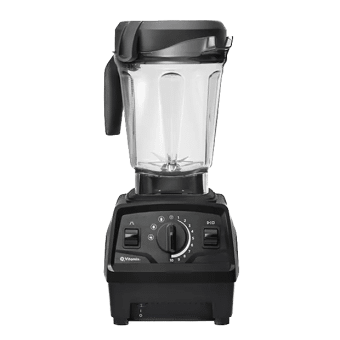





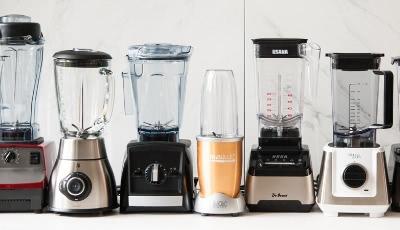







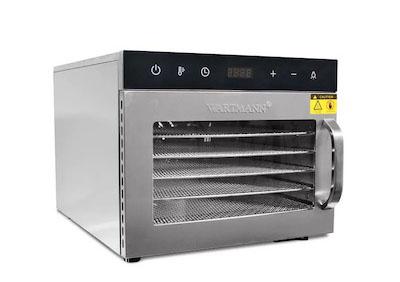
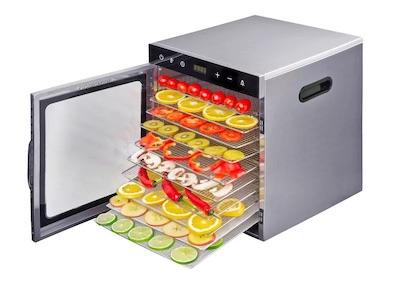
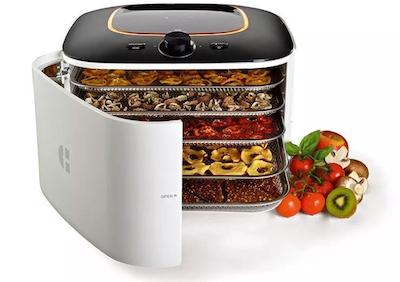
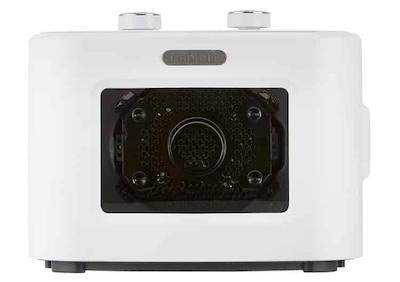

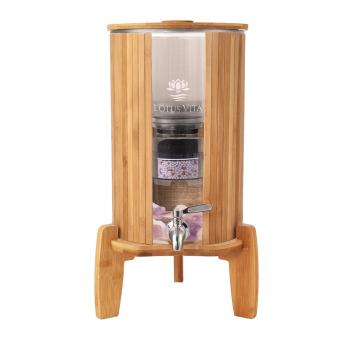

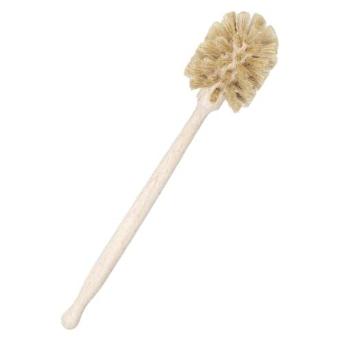
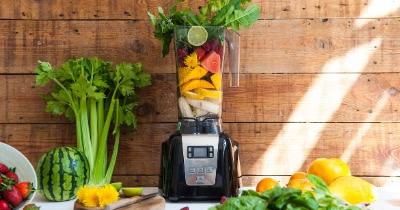
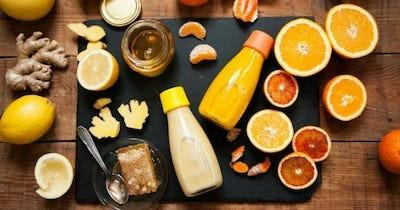
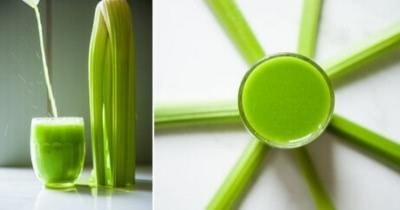
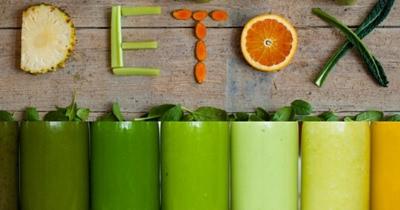

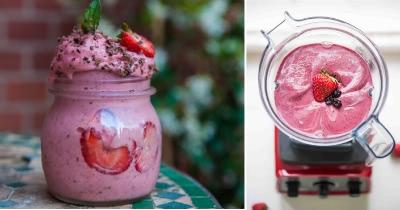
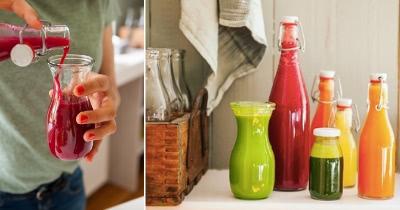
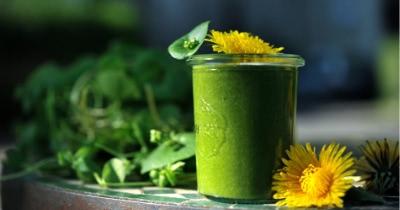
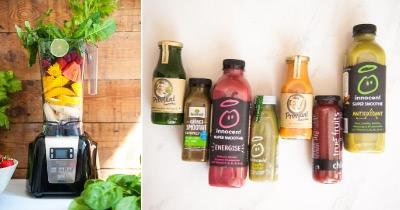
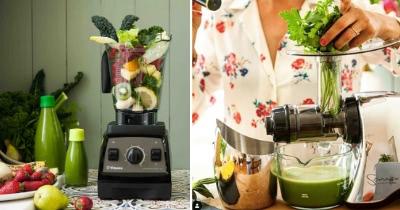
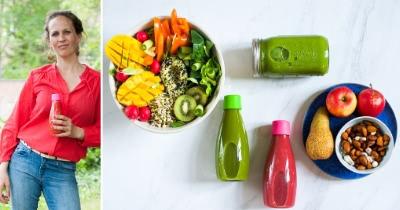




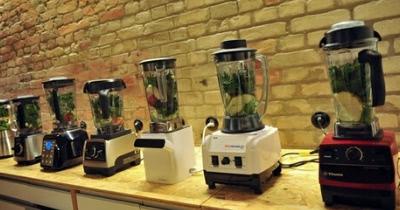


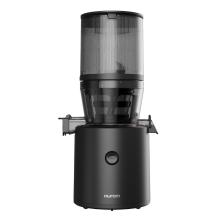
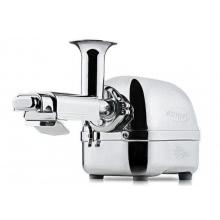

Add comment
28 | Comment(s)
thank you for your question. Unfortunately, I am unable to answer it as we do not offer nutritional counseling.
Best regards,
Carla
we also ship our slow juicers to Kenya. The shipping costs amount to 48 euros.
You can read our terms and conditions here. Please inform yourself about the process and any additional costs at the local customs authorities before making the purchase.
Best regards to Kenya,
Carla
thank you for your question. If you mean a slow juicer: Yes, you can also juice berries - for example, with the Sana Juicer 707.
Kind regards,
Carla
A centrifugal juicer just blew up in my face when I was juicing ginger
What is the situation with a slow juicer? I am in Madeira
Do you ship here as well?
thank you for your inquiry.
All slow juicers that we offer in our store are suitable for juicing ginger
E.g. the Sana Juicer 707.
We also ship to Madeira.
If you have any further questions, please feel free to contact us.
Best regards,
Carla
thank you very much for your comment
The fact that the apple juice comes out of the centrifugal juicer so brown is due to its juicing method. As described above, the juice oxidizes due to heating and air turbulence in a centrifugal juicer much more than when juicing with a slow juicer. So there is nothing you can do about it
Kind regards,
Carla
I prefer the Centrifugal Juicer, as it only generates heat, not extreme heat. Tip: Do not push the fruit or vegetables into the machine too quickly with the plunger.
The pulp is almost dry, meaning no juice is left unused.
There is no good or bad with both systems.
thank you for your question. As centrifugal juicers extract juice ingredients at high speeds, not only does heat develop during the juicing process, but also there is an increased whirling of oxygen into the juice. Both of these factors lead to a loss of nutrients - such as heat-sensitive vitamins and enzymes. For this reason, we only use and sell slow juicers for juice production, which operate at low speeds to preserve nutrients as much as possible.
Best regards,
Carla
do you have a recommendation for a juicer?
I cannot answer your question in a general way. If maximizing nutrient content is important to you, I would definitely recommend a slow juicer. If you enjoy drinking green juices like celery juice, wheatgrass juice, or carrot or beetroot juice, I would suggest a horizontal juicer. There are significant differences in terms of juice yield and handling, such as cleaning, among different models. Our bestseller in this category is the Sana Juicer 707. It produces clear and flavorful juice, and it is very easy to use and clean.
If you have any further questions, feel free to ask!
Best regards,
Carla
Best regards,
Carla
It is indeed unfortunate that the production of the Braun juicer was discontinued decades ago. Another company did produce a non-automatic juicer, but it was not as good as the Braun one. In the past, when a type of screw pressed something through a sieve, it was referred to as a "meat grinder"...
We are also curious and looking forward to your feedback :) If you'd like, please let us know if you're satisfied with your new juicer. I'm also interested to know if you can make green juices from leafy greens and herbs with it.
Best regards,
Carla
Thank you for your comment.
I'm very interested to know which Hurom Slow Juicer you are using - is it the Hurom HZ Alpha or the Hurom DU? With the latter, we have found that the juice is not clear enough and it is necessary to use a juice strainer to catch any remaining pulp.
Our juicing experience has shown that centrifugal juicers extract juice much faster and work well with fruits and vegetables. They can even handle celery, although we were not convinced by the juice quality. The juice contained larger fiber pieces and had already oxidized - the color of celery juice was slightly brownish and not as vibrant green as when juiced with a slow juicer.
Additionally, centrifugal juicers did not impress us when it came to juicing leafy greens, herbs, and grasses. In our wheatgrass juicer test, the centrifugal juicer from Philips essentially exploded. However, since we focus on green juices, our conclusion in the Slow Juicer vs. centrifugal juicer comparison is clearly in favor of slow juicers, as they can juice almost anything.
Can you also juice spinach, wheatgrass, or cabbage leaves effectively with your Braun juicer? I would be very interested to know.
Best regards,
Carla
But unfortunately I now have to look for a new one, which is very difficult
Thank you for your feedback. I had a feeling it was about the Hurom DU. In our tests, the DU did not perform as well in terms of juice yield compared to other models. However, it is a stylish slow juicer with easy handling. If your Braun centrifuge is capable of juicing everything effectively, then you are still well-equipped. We did not have the opportunity to test this particular device, and as mentioned earlier, the centrifugal juicers we tested did not impress us when it came to leafy greens.
Wishing you all the best,
Carla
Thank you for your question.
With some juicers, it is possible to press oil, but you would need special accessories for oil pressing.
You can check out an oil pressing attachment and compatible slow juicers here.
If you have any further questions, feel free to reach out.
Best regards,
Carla
I've been considering getting a good smoothie maker like Vitamix for a while now. However, the high price has held me back so far. Now you come up with a range of juicers that I find very interesting.
What are the advantages of a slow juicer compared to a high-speed blender? I was actually planning to buy a Vitamix, which can also make hot soup. Primarily, I want to make healthy smoothies, which is important to me.
Best regards and have a great weekend,
Jürgen
Thank you for your questions.
We simply love both - smoothies as well as freshly pressed juices.
When it comes to the advantages of each device, the high-speed blender takes the lead in terms of versatility: You can use it not only to prepare smoothies, but also soups, nice cream, pestos & dips, applesauce, hummus, shakes, nut butter, or plant-based milk alternatives like rice milk or nut milk, etc. A slow juicer is best suited for making juices and preparing nut milk - it's even more convenient than using a blender because the slow juicer not only crushes the nuts but also separates the nut pulp from the milk.
For the difference between juices and smoothies, I recommend the following page: Juicing vs. Blending: What are the Differences?
Best regards,
Carla